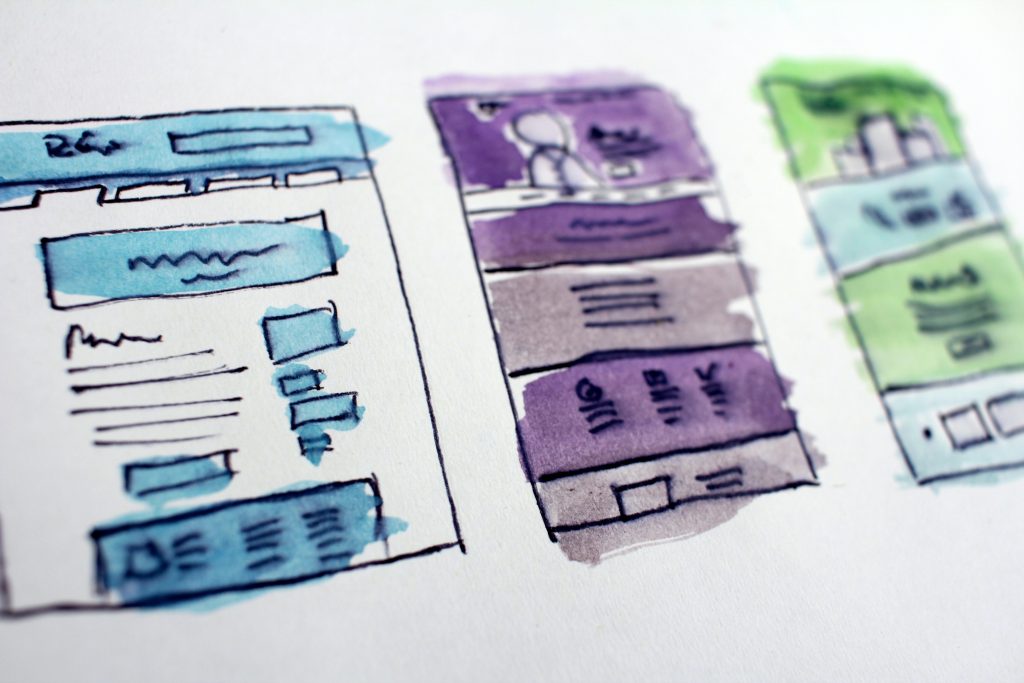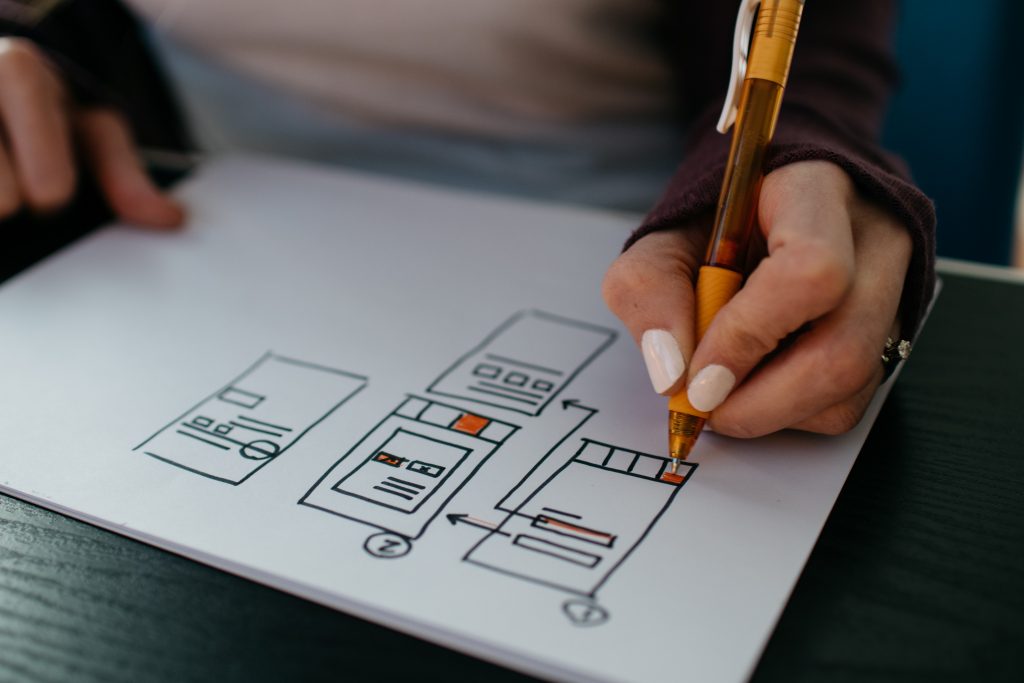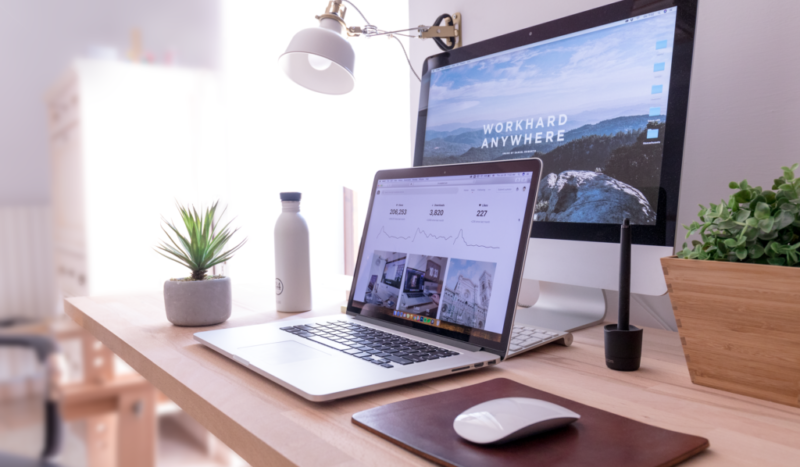Marketing is a big word. People who make up a marketing team span a range of capabilities and include both right-brain creative thinkers and the more fact-based left-brain thinkers.
Everyone brings value to their seat at the table and working well together is an essential element of a strong team. A data-driven demand gen marketer needs a designer to create ads and assets needed to test and refine their efforts. A designer needs the demand gen data to understand which design elements work well for your business’s specific audience.
Your individual success is intertwined. And the success of your team—and business—depend on it. But with such different thinking, roles and needs, what’s the best way to work together? The goal here is to create efficient—but effective—processes that help optimize the relationship and what you are able to achieve together.
For those who are not on the creative-driven design side of the table, here are a few tips for collaborating with your designer colleagues:
1. Understand Their Creative Style
Some designers need or want more guidance before getting started on a project where others can work with a blank slate and present ideas to you to help with that guidance. Understanding this for each designer will come with experience but start by asking them how they prefer to work and what their preferred collaboration process is.
Knowing the members of your design team and what makes them tick will not only help you optimize your relationship but will also help you play to their strengths. This, in turn, helps you to get the best out of them.
2. Communicate Your Ideas and Requests in a Way that Works Best for Them
Not everyone learns in the same way, and this is also true among designers. Some designers are more visual than others in how they comprehend requests. Find out how they like to receive information, which may include a mix of communications. Ask your designer which of the below methods (or a combo thereof) they prefer, understanding that the answer may be different based on whether the project is large or small.
- A mood board
- Wireframe mockups
- A quick conversation
- Samples of what you do and don’t like
Being as clear as possible upfront can be especially important when you’re paying your designer by the hour. A 15- or 30-minute call up front may prevent extra rounds of review/rework that can cost hours/$$ later and push out the completion date of your project.
 3. Discuss Due Dates Up Front
3. Discuss Due Dates Up Front
You likely have an expected completion date in mind for every project. Even if you don’t have a specific date in mind, discussing a due date with your designer can help prioritize the new request with the other short and long-term projects they have on their plate. It helps set expectations and ensure non-urgent projects don’t stay on the back burner. It’s also useful for setting milestone dates or timelines for first or second draft reviews along the way. This will help keep the project on track from both a design and a feedback perspective.
This expectation management goes both ways. Projects that may seem fast and simple may actually be more complicated. And your project is not the only project on their plate, so this provides the designer the opportunity to give their input on when they can have the first, second and final designs to you based on urgency, prioritization, etc. And then, if need be, you can together prioritize the new project over another.
Discussing timelines at the get-go facilitates visibility, expectation setting and communication. The resulting understanding will foster a working relationship that works for all.
Speaking of deadlines and visibility …
4. Have a Project Management System in Place
Having a project management system in place will, more broadly, help you set clear expectations, facilitate communication and increase visibility across the board.
There are intricate project management systems such as Asana and Monday.com as well as more simple tools such as Trello. If you don’t already have a system in place and don’t have the time or budget to spend on finding and onboarding a tool, the Trello free option might be a good choice for your work with your designer as you can easily translate a simple design and review process into a Trello board.
5. Include Them as Part of Your Team
Even if they officially sit on another team or even externally (such as your Points North team), invite your designer to team meetings. They are a valuable part of your team, so bring them into your broader conversations and work. If not every team meeting, every other week.
Give your designer time to share what they are working on, even if it’s work for another team in your organization. This type of cross-pollination can be great for your business, not just your team. Likewise, have your team share their current projects as well as planned projects for the next 3-6 months. This information sharing will help foster understanding of each other’s roles and increase collaboration opportunities and output.
6. Get to Know the Individual
We’ve said it before, so we won’t belabor the point: your people are the most important aspect of your team. Finding out who they are outside of work (what makes them tick, what they like and what they don’t) will increase camaraderie, collaboration, culture and overall effectiveness as a team. Here are some ideas we shared earlier this year for fostering a people-centric team and organization.
7. Be Open to Alternative Suggestions
As a marketer who has worked closely with designers for the last 13 years, I learned early on that I’m collaborating with a designer for a reason. I may have certain ideas in my head about what the outcome should look like, but there’s a reason I’m not a designer. My job is to share some ideas and the end goal and then be open to the process and the expert suggestions and work of the designer. I may be thinking about a more narrow end goal that gives me tunnel vision. A designer should come back and say, “yes and what if we also consider this, this or this,” or “this will work better because of these user experience reasons” or “that poses a challenge when considering x, y and z, but we can do this to meet your outlined goals.”
If you’ve done the other work to come to a mutual understanding of your perspectives, goals, expectations and the other person as a whole, this process will be easier, and together you will achieve more and find satisfaction in the elevated work you are doing together.
 3. Discuss Due Dates Up Front
3. Discuss Due Dates Up Front


